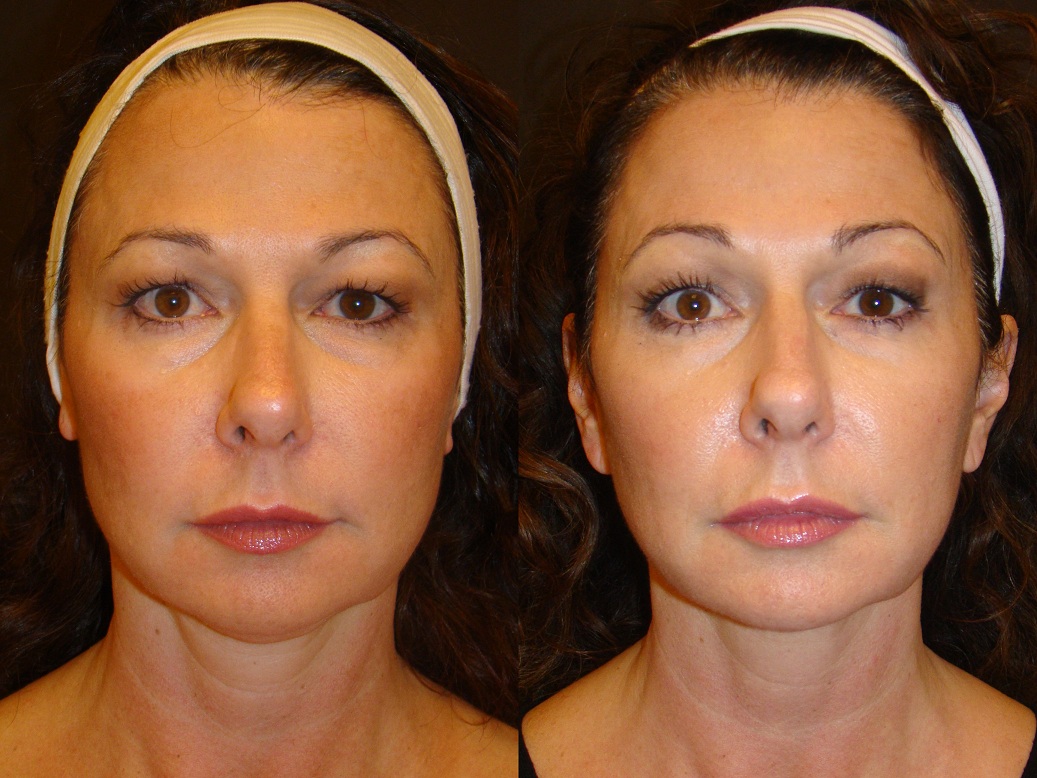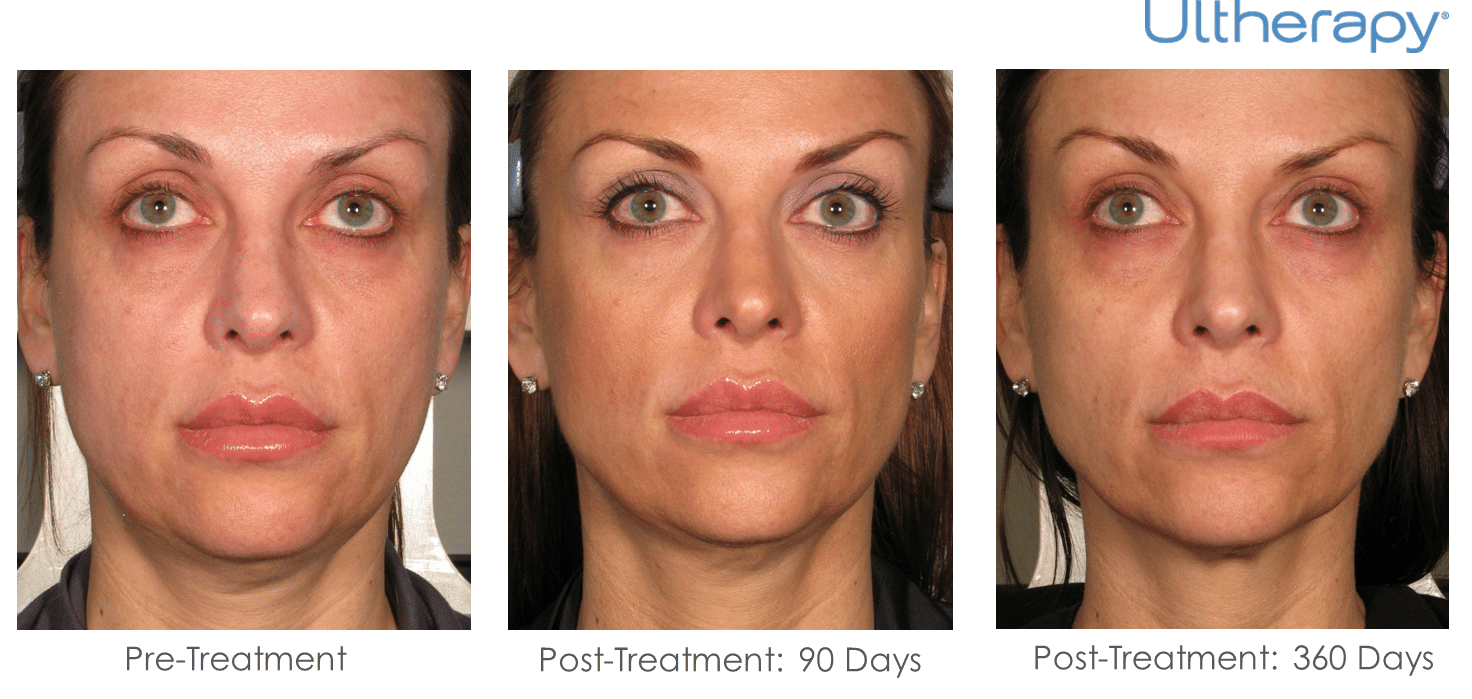What Is Density RF Malaysia and Why It’s Popular
Why Ultherapy Could Be Clinically Needed: Checking Out the Reasons for a Non Surgical Lift
Ultherapy is acquiring interest as a feasible option for individuals facing skin laxity because of maturing or particular medical conditions. This non-surgical treatment boosts collagen production, providing a solution that prevents the recovery time associated with invasive treatments. As individuals look for to improve not only their appearance but additionally their total skin wellness, recognizing the conditions that call for Ultherapy's use becomes important. What factors add to its medical necessity?
Understanding Ultherapy: What It Is and Exactly how It Works
Ultherapy, a non-invasive cosmetic procedure, makes use of ultrasound innovation to boost collagen production and promote skin firm. By delivering focused ultrasound energy deep right into the skin, it targets the foundational layers commonly resolved in medical renovations. This procedure motivates the body's all-natural healing reaction, leading to progressive training and tightening up of the skin over time.

Treatment sessions generally last between 30 to 90 minutes, relying on the dimension of the location being dealt with. While outcomes might not be instantly noticeable, optimal effects typically appear within a couple of months as collagen proceeds to establish. Ultherapy offers an engaging non-surgical choice for individuals looking for skin restoration without the demand for intrusive procedures.
The Aging Refine: Impacts on Skin Flexibility and Collagen
Aging inevitably brings adjustments that decrease skin flexibility and collagen production, resulting in visible signs of sagging and creases. As individuals age, the skin's ability to preserve wetness decreases, resulting in a drier and less resistant surface. Collagen, a crucial protein in charge of skin structure, also reduces, creating the skin to shed its suppleness and vibrant appearance. Variables such as sun direct exposure, environmental pollutants, and lifestyle choices additionally accelerate this decline in skin top quality.
This loss of flexibility and collagen produces a cascade of changes, consisting of the formation of jowls, deepening nasolabial folds, and an overall sagging look. The skin's support system compromises, making it more prone to the results of gravity. As a result, numerous individuals look for treatments like Ultherapy to fight these aging impacts, intending to restore a much more younger, tight appearance without the need for invasive procedures.
Medical Problems That May Advantage From Ultherapy
Ultherapy is progressively acknowledged for its potential benefits in attending to different clinical problems. People experiencing skin laxity, those in post-surgical healing, and individuals with chronic skin disease may find this non-invasive therapy advantageous. By promoting collagen production, Ultherapy can improve skin suppleness and boost overall appearance for these groups.
Skin Laxity Problems
Skin laxity can be a significant problem for individuals experiencing numerous clinical problems that influence the integrity and elasticity of their skin. Problems such as Ehlers-Danlos syndrome, which interrupts collagen production, can cause early skin aging and drooping. In addition, individuals with autoimmune problems may experience skin adjustments that contribute to laxity. Hormonal fluctuations, particularly during menopause, likewise play a duty in decreasing skin firmness. Ultherapy, using ultrasound innovation, targets the deeper layers of skin, boosting collagen manufacturing and tightening the influenced areas. This non-invasive treatment might provide a sensible solution for those looking for to deal with skin laxity arising from these clinical conditions, improving both look and self-esteem without the requirement for surgical intervention.
Post-Surgical Recovery Aid
Post-surgical healing can usually present obstacles, specifically for people experiencing skin laxity due to medical treatments. Ultherapy offers as a prospective help in this circumstance, using ultrasound technology to promote collagen manufacturing and enhance skin rigidity without invasive procedures. Individuals who have undertaken surgeries such as facelifts, liposuction, or various other body contouring procedures may find that Ultherapy improves their recuperation by addressing irregular texture and laxity that can take place post-operation. This non-surgical strategy can cause enhanced visual end results, potentially decreasing the need for added medical interventions. In addition, it may aid minimize pain connected with the healing process, offering individuals an extra comprehensive healing experience. Ultherapy can be an important option in post-surgical treatment.
Persistent Skin Problem
For people dealing with persistent skin conditions such as acne marks, rosacea, or laxity as a result of aging, non-invasive therapies may offer considerable alleviation and renovation. Ultherapy has become an encouraging choice, making use of ultrasound modern technology to stimulate collagen production deep within the skin. This procedure can enhance skin appearance and flexibility, resolving concerns like unequal complexion and drooping. Particularly, those with rosacea may experience minimized inflammation and inflammation, while clients with acne marks can take advantage of boosted skin smoothness and general appearance. Importantly, Ultherapy supplies a non-surgical option that lessens recuperation time and dangers related to intrusive treatments, making it an attractive choice for individuals looking for efficient monitoring of persistent skin problem.
Psychological Effect of Drooping Skin and Aesthetic Worries
The emotional toll of aging often shows up in the kind of drooping skin, which can greatly influence a person's see it here self-worth and overall emotional health. Many individuals Get the facts associate youthful appearances with power and appearance, causing feelings of insufficiency when confronted with noticeable indicators of aging. This perceived decline in charm can cause social anxiety, withdrawal from social communications, and a boosted preoccupation with one's look.
People may feel compelled to look for visual therapies to combat these issues, as the need to keep a younger look can end up being linked with individuality. The psychological impacts of sagging skin may likewise lead to anxiety or a diminished lifestyle. As a result, non-surgical alternatives like Ultherapy become potential services, aiming not only to invigorate the skin yet likewise to recover confidence and a positive self-image, inevitably addressing the deeper psychological ramifications of aging.
Contrasting Ultherapy to Traditional Surgical Options
When contrasting Ultherapy to typical surgical choices, considerable differences emerge in both cost-effectiveness and healing time. Ultherapy offers a non-invasive strategy that often causes reduced expenditures and minimal downtime for people. In comparison, medical lifts commonly call for even more financial investment and an extended recovery duration.
Cost-Effectiveness of Ultherapy

Although conventional medical lifts usually include substantial in advance expenses and extended recovery times, Ultherapy offers an engaging choice that can deliver equivalent outcomes at a fraction of the price. The average price of a medical facelift can vary from $7,000 to $15,000, while Ultherapy treatments normally fall between $2,000 and $4,500, depending upon the area treated and company expertise. Furthermore, the absence of comprehensive pre-operative assessments and post-operative care related to Ultherapy further adds to its cost-effectiveness. This method not just reduces economic stress yet additionally allows clients to purchase other elements of their wellness and health. This way, Ultherapy arises as an economically practical choice for those seeking face renewal without the concerns of conventional surgical procedure.
Healing Time Comparison
Recovery time is a considerable aspect in the decision-making process for those considering cosmetic procedures. Ultherapy stands apart as a non-surgical option that generally calls for minimal downtime. Many individuals can return to their everyday tasks almost immediately, experiencing only light soreness or swelling that normally settles within a few hours. On the other hand, traditional medical options, such as renovations, often demand an extensive recuperation period. Individuals may deal with several weeks of swelling, bruising, and restricted activity, with some returning to regular routines taking up to 3 months. This plain distinction in recovery time makes Ultherapy an attractive selection for individuals seeking reliable outcomes without the substantial aftercare linked with surgical treatment, enabling a smoother adjustment back to daily life.
The Long-Term Benefits of Non-Invasive Treatments for Skin Health
As people increasingly seek options to surgical procedures, the lasting benefits of non-invasive treatments for skin health and wellness come websites to be much more noticeable. Therapies such as Ultherapy, chemical peels, and laser therapy deal substantial benefits without the requirement for substantial recovery times related to surgical treatment. Ultherapy Malaysia. Over time, these non-invasive choices can advertise collagen manufacturing, resulting in firmer skin and a much more youthful appearance
In addition, routine non-invasive treatments can enhance skin structure, tone, and flexibility, improving total skin wellness. Clients frequently experience fewer complications and negative effects, making these treatments much more enticing.
Moreover, the collective results of consistent therapies can sustain and prolong aesthetic improvements, allowing people to preserve their desired appearance with minimal downtime. By focusing on non-invasive techniques, people can achieve enduring results while prioritizing their health and wellness and well-being. Ultimately, the lasting benefits of such approaches underscore their expanding appeal in contemporary skincare.
Frequently Asked Questions

How Lengthy Does an Ultherapy Session Generally Take?
An Ultherapy session generally lasts between 30 to 90 mins, depending upon the treatment area. Variables such as the individual's details requirements and the extent of the treatment can influence the overall period.

Exist Any Negative Effects Related To Ultherapy?
Ultherapy can bring about adverse effects such as short-lived inflammation, swelling, or inflammation in the cured location - RJ Clinic Ultherapy. While a lot of people experience marginal pain, it is critical to speak with a specialist for tailored guidance and possible responses
Just How Quickly Can I See Results After Treatment?
Results from Ultherapy generally begin to show up within two to 3 months post-treatment. The full impacts might remain to develop over six months as collagen production rises, resulting in noticeable training and tightening up of the skin.
Is Ultherapy Suitable for All Skin Types?
Ultherapy is usually ideal for various skin types, including lighter and darker tones. Nonetheless, private skin problem and issues may affect its performance, making examinations with a qualified professional important for customized recommendations.
How Commonly Should Ultherapy Treatments Be Duplicated?
Ultherapy therapies are typically suggested every 6 to 12 months, relying on individual skin problem and wanted results. Normal assessments by a qualified practitioner can assist figure out the very best regularity for maintenance and effectiveness.